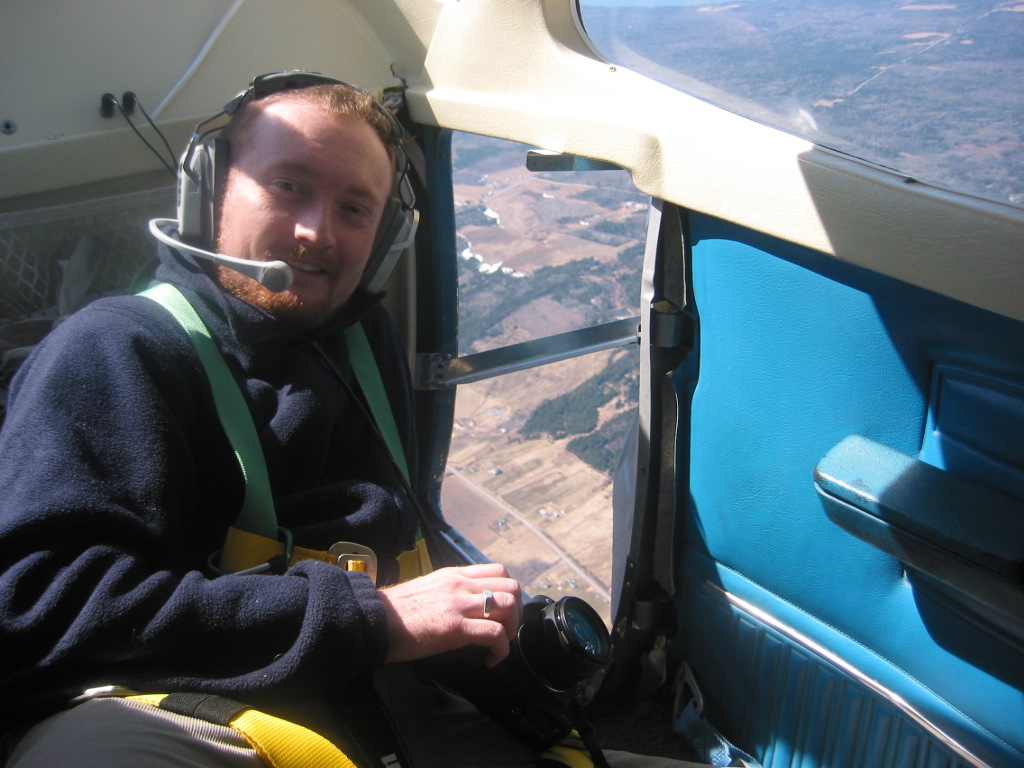If you are reading this, more likely than not, you’re interested in all things geospatial. The vast majority of the public, lets call them the consumers, don’t concerns themselves with geomatics and the geospatial world. But you do because, like me, you are engaged in one fashion or another in creating, editing, displaying, and analyzing geospatial data and using geospatial tools. The vast majority of the public consumes geospatial services and data on a daily basis; sometimes it’s directly like looking up an address using Google Maps or unknowingly when Google and other search tools aggregate data based on location. Companies, like Google, have become so proficient leveraging data, the general public is unaware that they are interacting with geomatics. Some are even calling that what the Web 3.0 is all about, the semantic web. I used Google as one example but it is easy enough to point out more. Locally aware mobile phone services are also Web 3.0.
It is hard to not interact with data that does not have a geospatial component to it. these days. The consumers are becoming used to, and dependent on, ever increasing amounts of data connected to the “where” of the data. The applications on smart-phones such as maps are of course intrinsically geospatial. Other social media tools like Twitter allows consumers to add a spatial component to Tweets. Even Linkedin lets others know where you will be attending meetings and conferences with a map. They are creating new geospatial data sets.
Trends in Web 3.0 are making geospatial data and geomatics ubiquitous in all our lives. Consumers are constantly switching to the newest, most useful applications and data sets. They are finding that the most useful ones have a geospatial component. So they follow. They are using the tools and don’t really care how they work. They are more interested in having useful apps. Adding a location component to most sets of information is one of the most useful things you can do.
As I mentioned previously, the consumer has also become the creator of geospatial data. That’s a little scary. If everyone is creating geospatial data how do we control quality? We certainly can’t control quantity. For example, consumers are able to create applications using open source software tools and data sets. It’s fairly straight forward to download an application on my phone that lets me collect road conditions in my neighborhood. My phone has a GPS receiver and it speaks with my application. This type of data collection is called crowd-sourced data. Another term for it could be mob-sourced data. Think mob mentality. Sounds ominous right? There are ways to deal with misinformation which is inherent in crowed-sourced data. Users in most cases are able to report and rate the quality of information from the mob.
All of us today live in a changing world where data is at everyone’s fingertips. In many ways, this makes the consumer smarter and more nimble. As with all data, crowd-sourced data, we are able to react to situations more swiftly. Disasters seem to be omnipresent in our lives now. the consumer is able to report on and become part of the efforts to identify and mitigate the affects of disasters by getting information out quickly and effectively. No one tends to believe the boy who cried wolf., but if the whole crowd cries wolf we tend to take notice. However, just because information now is becoming more instantaneous, our decision-making should not. There are those times when acting too swiftly can complicate matters more.
As data and geospatial data becomes more widespread in it’s use and creation those of us who help to shape and structure geospatial data have to be vigilant.Checks and balances need to put in place and a strong and coherent framework for the creation of data must be instituted.





Be the first to comment